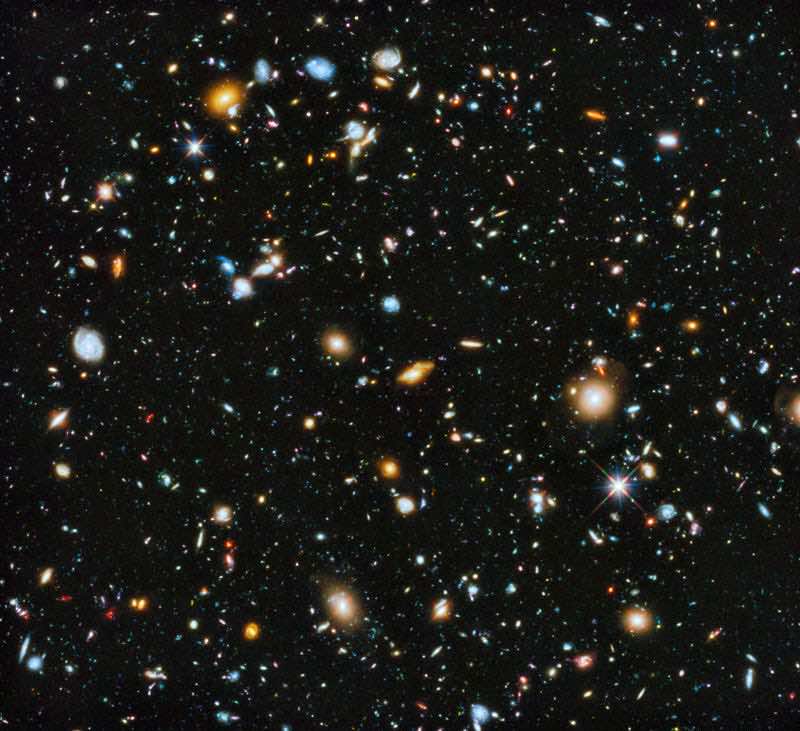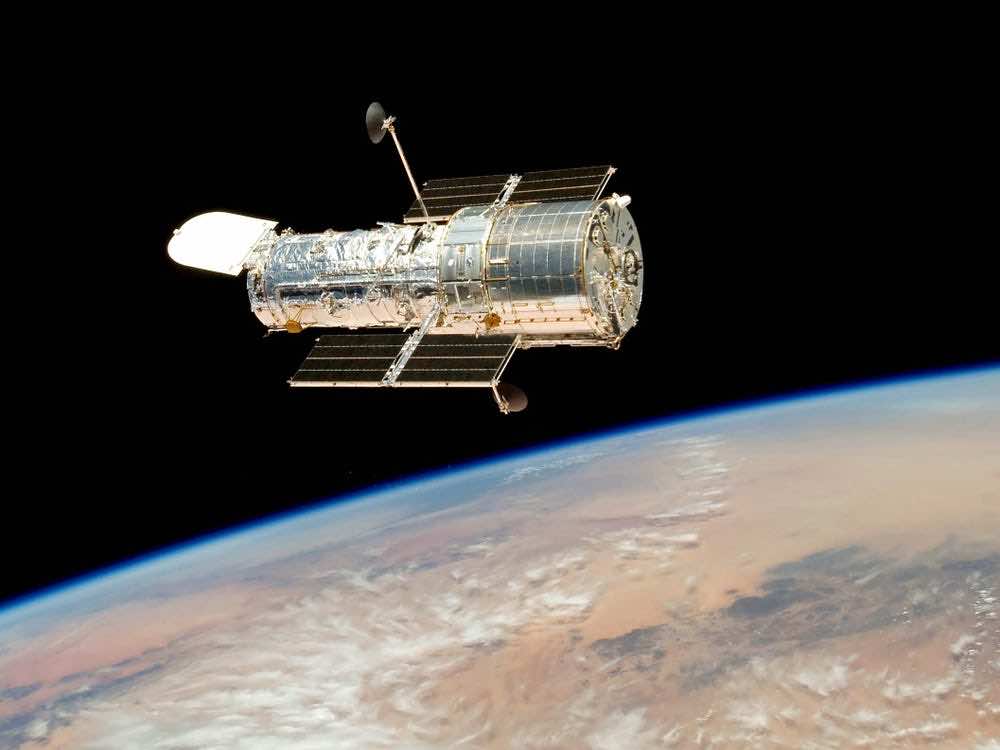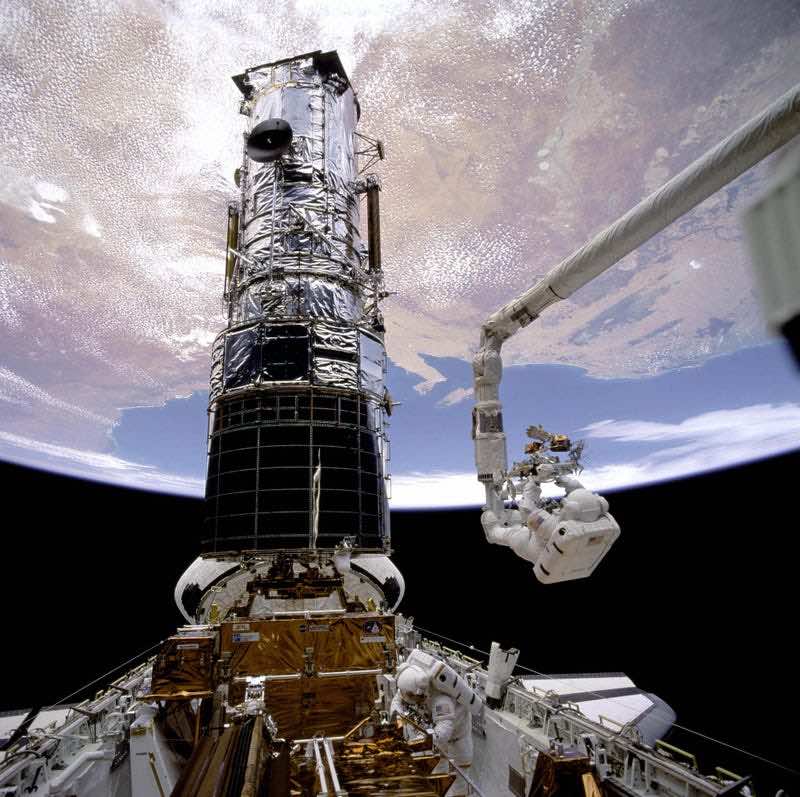Launched into orbit around Earth in 1990, Hubble is the world’s most potent space telescope. It has captured images of stars, discovered new moons around Pluto, and tracked two interstellar objects as they entered our solar system. Hubble’s observations have allowed astronomers to calculate the universe’s age and expansion and examine galaxies formed after the Big Bang.

The computer, built in the 1980s, is like Hubble’s brain. It controls and monitors all the science instruments on the spacecraft. In March, the telescope went into “safe mode,” and NASA tried to fix the problem within a week.
But now, with this mysterious new glitch, NASA has been struggling to get the Earth-orbiting station Hubble back online for two weeks.

After a series of tests, researchers revealed that Hubble’s backup payload computer halted. Initial indications pointed to a damaged computer memory module as the source of the computer halt. When the operations team attempted to switch to a backup memory module, it failed to complete. Another attempt was conducted on both modules to obtain more diagnostic information while bringing those memory modules online again. However, all those attempts went in vain as well.
Since then, further testing has revealed that the memory issues were a symptom of the real problem, which NASA still has not identified.

Now the Hubble team thinks that the issue might be related to the computer’s central processing module. Recently, NASA said that the most likely culprit is either the module itself or some interface hardware that helps the module communicate with other parts of the telescope.
“Since it is highly unlikely that all individual hardware elements have a problem, the team is now looking at other hardware as the possible culprit,” NASA said in the update.

“Hubble is one of NASA’s most important astrophysics missions. It’s been operating for over 31 years, and NASA is hopeful it will last for many more years,” NASA’s spokesperson said. “From a perspective of the value of Hubble to the scientific community, it is still the most powerful telescope available, so age is not a decision-making factor.”
“The team is currently designing tests that will be run in the next few days to attempt to isolate the problem further and identify a potential solution,” NASA’s blog post said.


